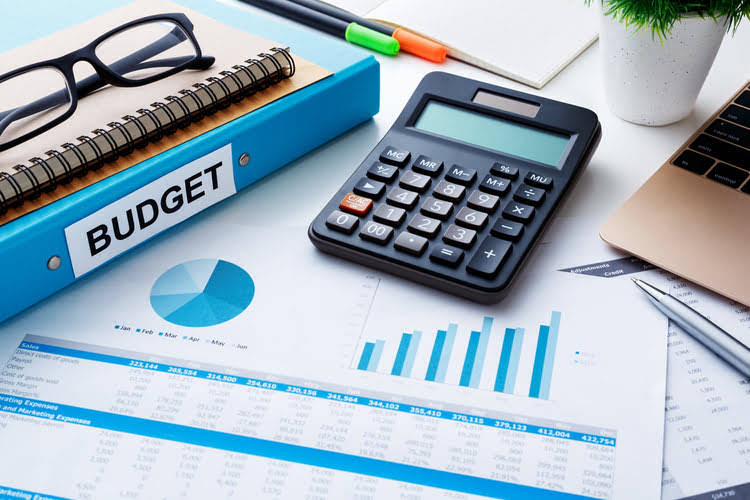
On the other side, you list your liabilities, such as business credit cards. Your assets minus your liabilities equals your equity, which is the value of your business outside of what you owe. These three things – assets, liability, and equity – should always balance each other, hence the name of this document. If you use the FIFO costing method, you take the cost of the first order you purchased, compare it to the revenue you’ve had come in and assign that revenue to the cost of goods sold. Some of the balls might have been purchased at $0.10 each, and some at $0.12 each.
TimeForge Announces Strategic Partnership with Flexspring for Enhanced HR Data Integration
This is so that the balance at the end of the reporting month always corresponds to the balance of the next reporting period at the time of its commencement. The total value of sold goods is calculated by summing the commodity balance in the accounting prices at the beginning of the month, and the accounting prices’ received goods during the reporting period. From the obtained result, it is necessary to subtract the balance of the commodity mass in the accounting prices, formed at the end of the reporting period. While it saves time by avoiding manual counting, retail accounting may offer less precise numbers compared to manual methods.
Get Weekly 5-Minute Business Advice
These statements are often prepared for external use, to show the public —including investors, tax institutions, the government and banks—the financial health and performance of the company. The retail method of accounting can be helpful for multi-location retailers because it allows for fast, consistent inventory tracking. That helps with organization and provides a holistic view of inventory across all locations, saving time and money.
Tax ramifications of inventory costing
As you move through the retail accounting cycle, there are three financial statements you’ll want to look at — income statement, balance sheet, and cash flow statement. These financial statements https://www.bookstime.com/ provide crucial information that will help you make important business decisions. Effective financial management is crucial for the success of any business, and grocery stores are no exception.


Are you having trouble managing retail inventory costs and keeping your business running smoothly? Learning and using the right retail accounting techniques may be the solution you need. QuickBooks lets you record daily sales to keep your income reports accurate. To do this, you can enter a single sales receipt to report the total daily sales in QuickBooks. Here you can add figures related to financing and fixed assets of your grocery store financial model.
Inventory Management Integration
The primary advantage of the retail method is the ease of the calculation. You only need a few numbers to calculate your inventory cost using the retail method, and you don’t need to take a physical inventory count grocery store accounting to get a good idea of what your ending inventory value is. The weighted average method of inventory costing is often used when inventory is not perishable but stock can still easily be rotated or intermingled.

Guide to Understanding Accounts Receivable Days (A/R Days)
In the same way a customer needs to quickly find their favorite cereal, companies need to find important financial information in a timely manner. Calculating prices in a grocery store can seem like a daunting task, but it’s actually quite simple once you understand the basic principles. In this blog post, we’ll walk you through the step-by-step process of how to calculate prices in a grocery store, so you can confidently set prices for your products and maximize your profit. For example, suppose you sell a $ 3,000 service but offer a three-month payment plan. Sales are displayed as $ 3,000, but bank accounts can only display $ 1,000.
Track cash flow
- While retail accounting isn’t a separate discipline of accounting, the difference is that there’s a greater focus on inventory, which we’ll explain in this guide.
- A cash flow statement is similar to an income statement in shop accounting.
- You also assume constant prices, price changes, and price change rates across all units of the same item.
- By all means, the usefulness of the model’s outcomes will depend on the degree of accuracy in estimating startup costs.
- This way, retailers greatly simplify the way they track items, saving loads of valuable time in the process.
Accountants in a retail store can offer inventory management systems that help track stock levels, analyze sales trends, and prompt timely restocking to maintain smooth operations. Synder provides you with the tools to manage your own accounting and helps simplify the entire retail accounting process. By automatically generating accurate P&Ls, reconciliation, and routine tasks, you have all the necessary information to make important business decisions in minutes. The LIFO (Last In, First Out) accounting method considers the last items purchased as the first ones sold, making it the opposite of the FIFO (First In, First Out) method.
- You can explore accounting software options in our review of QuickBooks and our review of Xero.
- Although bird flu typically infects wild birds and poultry, it’s spread to other animals during the outbreak, and at least 10 countries have reported outbreaks in mammals since 2022.
- In addition, if you operate your company from your own home, remember that there are also expenses you can claim while working from home.
- You can outsource accounting, hire an in-house accountant or try to do the accounting yourself.
